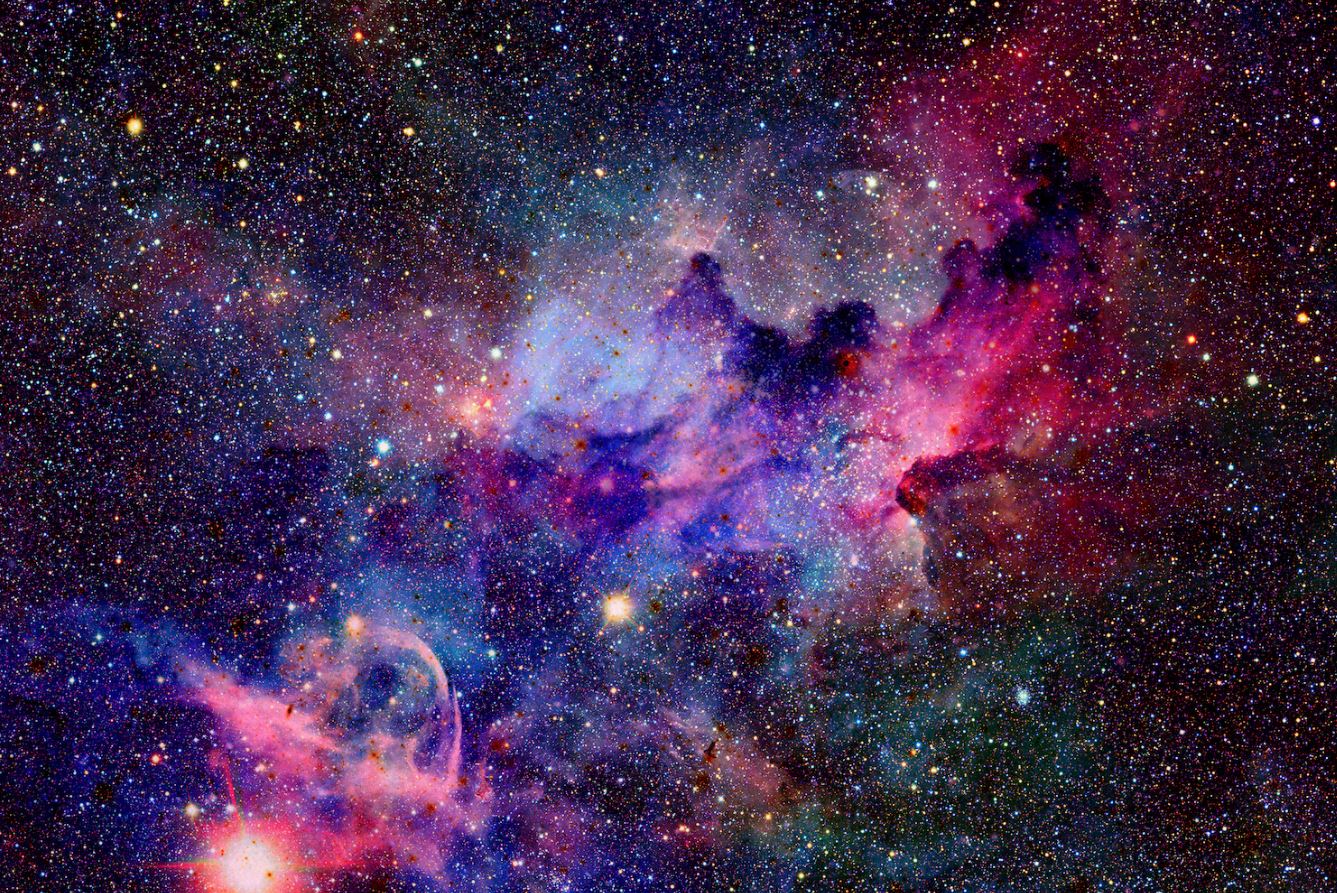Research at WildSignal
Mapping the hidden architectures of the universe through data, perception, and the poetics of signal interpretation.

Listening Beyond the Spectrum
The research foundation of WildSignal rests on the act of listening. Radio telescopes, particle sensors, and optical arrays are instruments of translation, converting the invisible forces of the cosmos into streams of measurable data. Each frequency collected carries not only information but a trace of cosmic time. When these frequencies are mapped, they form a bridge between observation and imagination. Our work focuses on making that bridge perceptible.
WildSignal researchers collaborate with observatories and data labs to reinterpret astronomical datasets as evolving narratives. By analyzing irregularities and low-signal anomalies, we uncover patterns that challenge traditional interpretations. These moments of uncertainty often reveal new frameworks for understanding how the universe communicates across the fabric of distance and delay.
Data as Medium
To study cosmic phenomena through a purely numerical lens is to miss their aesthetic dimensions. Every dataset tells a story about the instruments that captured it, the conditions that shaped it, and the algorithms that refined it. At WildSignal, we approach data as medium, a form of expression shaped by both physical and human constraints. Through data sonification, generative visualization, and algorithmic pattern design, our teams transform scientific output into immersive experiences that extend comprehension beyond language.
This perspective redefines research as an artistic act of interpretation. When noise becomes narrative, the distinction between fact and feeling dissolves. Each visualization becomes a mirror for perception itself, a field where human intuition and computational logic merge.
Algorithmic Observation
Modern cosmic analysis depends on algorithms that sift through terabytes of signals for meaning. Yet, these systems do more than filter data; they influence what scientists perceive as real. Machine learning models shape our understanding of celestial events by assigning probability to phenomena that cannot be observed directly. WildSignal investigates this interplay between automation and insight, questioning how artificial intelligence participates in the creation of knowledge.
Our interdisciplinary approach compares algorithmic bias to human perceptual bias, exploring how both influence the narratives that emerge from cosmic research. By treating code as a cultural artifact, we uncover how the logic of computation reflects deeper philosophical assumptions about order, noise, and truth.
Transmissions from the Past
Every signal we receive from space is a message delayed by time. The light of distant galaxies and the hum of ancient radio sources remind us that observation is a dialogue with history. WildSignal’s archival research examines how early cosmological theories, analog transmissions, and defunct instruments continue to shape today’s exploration of the unknown. These echoes from the past act as a calibration reference for our modern curiosity.
By reconstructing and reinterpreting legacy datasets, we reveal forgotten insights that remain relevant in the context of new technologies. Our work on retro-spectral reconstruction techniques has revived signals once dismissed as static, unveiling structures that link the cosmic microwave background to quantum irregularities.
Human Perception and Machine Precision
A recurring question drives our research: can machines truly perceive the universe, or do they only mirror our own perception in mechanical form? WildSignal experiments with hybrid observation systems where human intuition and algorithmic accuracy interact dynamically. In these environments, intuition identifies anomalies that computation overlooks, while algorithms expose patterns too subtle for human senses.
The collaboration between human perception and machine precision generates unexpected insight. By embracing their differences, we construct a more complete model of awareness, one that sees understanding as a shared process between organic and synthetic observers.
The Future of Cosmic Interpretation
WildSignal looks toward a future where research will merge seamlessly with expression. In this landscape, cosmic observation becomes part of cultural evolution. Our goal is to prototype a new epistemology: one where discovery is defined not only by accuracy but by its capacity to provoke reflection. The next generation of observation tools will not only measure the universe but narrate it, creating interfaces that feel as alive as the cosmos they study.
The ultimate aspiration of WildSignal’s research program is to cultivate wonder. Science, art, and philosophy share a common lineage rooted in curiosity. Every signal we capture, every anomaly we decode, reaffirms that understanding is an evolving relationship, not a conclusion. We listen not to conquer the unknown, but to join it in conversation.